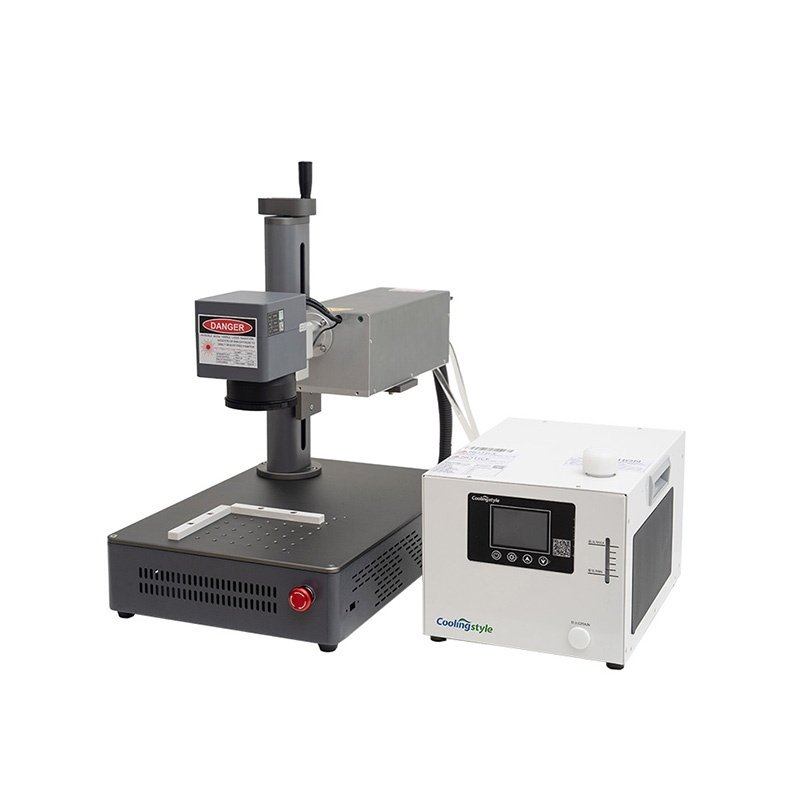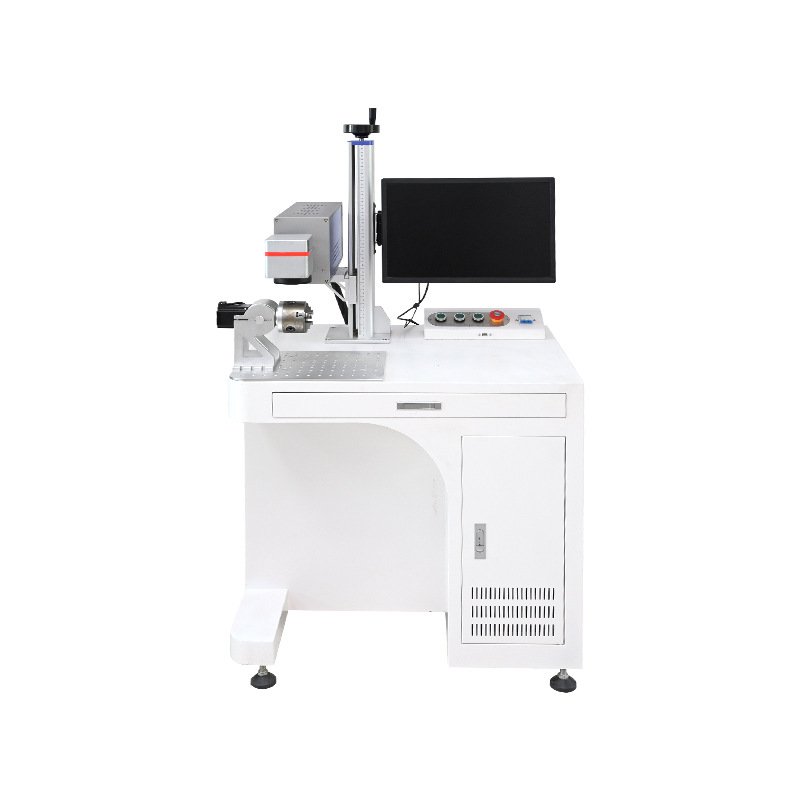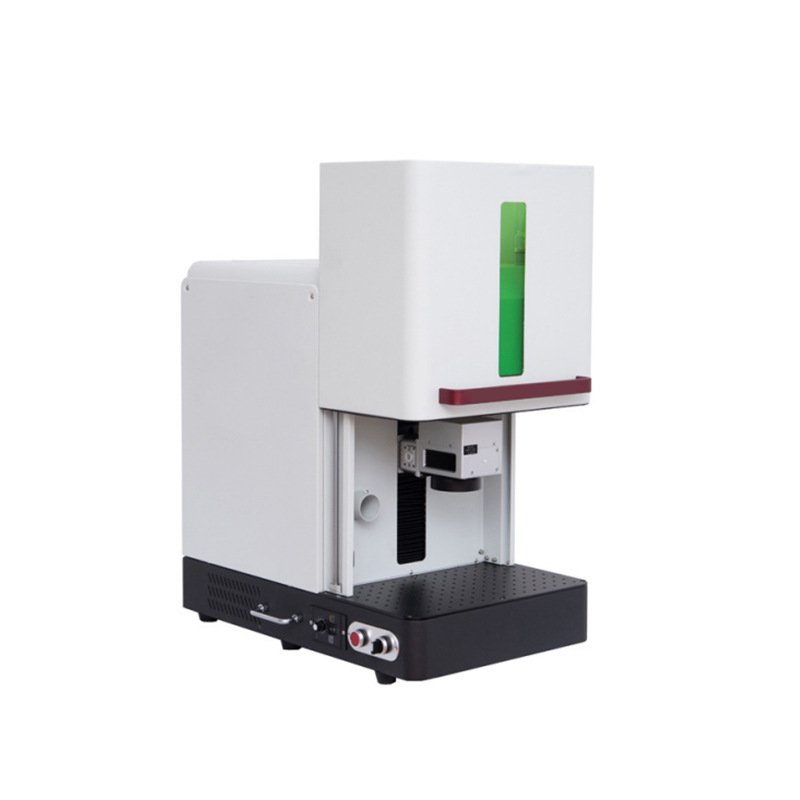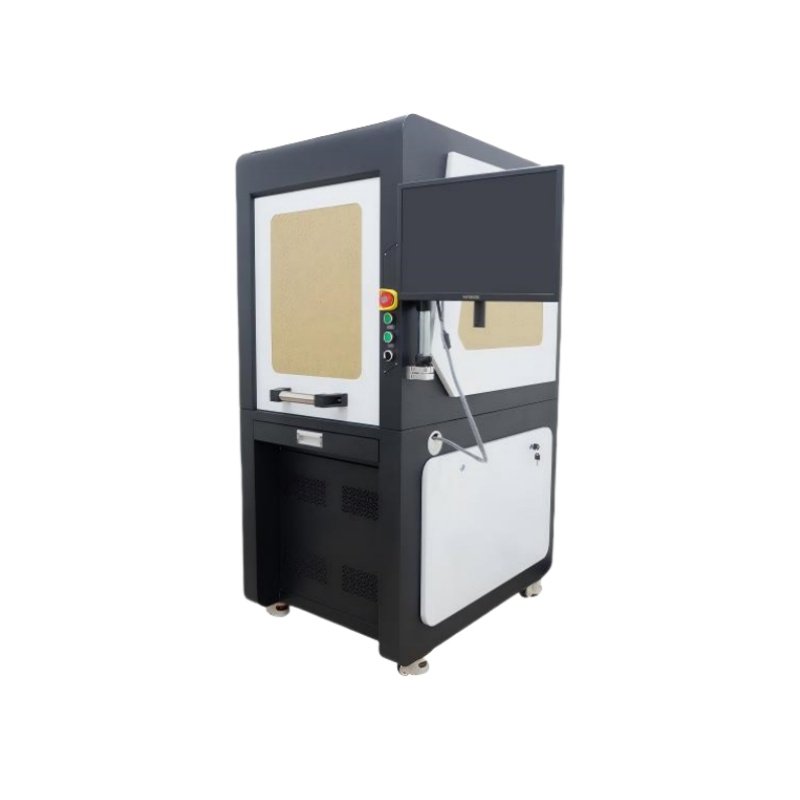Product Features
High precision marking: ultraviolet laser wavelength is short, the focus spot is small, suitable for ultra-fine marking, high resolution.
Cold processing technology: UV laser has little effect on the heat of the material, suitable for heat sensitive materials.
Water cooling system: efficient heat dissipation, ensure long-term stable operation of equipment, suitable for high-load working environment.
Non-contact processing: no physical contact is required to avoid material deformation or damage.
Versatility: Support text, pattern, two-dimensional code, bar code, serial number and other marking content.
High efficiency and stability: fast marking speed, stable performance, suitable for mass production.
Simple operation: Friendly user interface, support for quick setting and adjusting parameters.
Long life laser source: UV lasers have long life and low maintenance costs.
Environmental protection and energy saving: no consumables, no pollution, low energy consumption.”
Applicable material
Plastics: including PVC, PC, ABS, PP, PE, polystyrene (PS), polylactic acid (PLA), acrylic (PMMA), acetal (polyformaldehyde, POM), nylon (PA) and other types of plastics. Ultraviolet lasers can produce photochemical reactions on its surface to form clear, long-lasting marks.
Glass and crystal: suitable for mobile phone screen, LCD screen, optical devices, automotive glass, crystal products, etc. Contactless marking creates high-precision, high-definition patterns and text without damaging the surface of the material.
Ceramics: Both unglazed and glazed ceramics can be marked clearly and permanently using ultraviolet lasers.
Silicon materials: In the semiconductor industry, it is often used for high-precision marking and cutting on silicon materials such as silicon wafers and wafers.
Metal: such as stainless steel, aluminum, gold, platinum, silver, titanium, brass and other metal surfaces can also produce visible and lasting marks, but the marking effect may not be as obvious as the fiber laser marking machine.
Rubber and leather: Fine patterns and text can be created on materials such as rubber and leather.
Wood materials: including mahogany, walnut, oak, birch and other woods as well as MDF, plywood and fiberboard, etc., can be carved and marked.
Packaging materials: Packaging materials commonly used in food, medicine and other industries, such as plastic bottles, glass bottles, aluminum foil, etc., for non-contact, pollution-free marking.
Application scenario
Electronics industry: used for marking and coding electronic components, such as chips, resistors, capacitors, etc. It can also mark the flexible PCB board, slice, and mark the two-dimensional code on the LCD liquid crystal glass.
Semiconductor industry: high-precision marking, cutting, and micro-hole processing on semiconductor materials such as silicon wafers and wafers to meet the needs of fine processing in semiconductor manufacturing processes.
Medical industry: It can be marked on medical devices, drug packaging, kits, etc., to obtain a permanent mark of sterilization resistance, and meet the FDA and MDR standards of the medical industry.
Food and beverage industry: for food packaging, beverage bottles, such as production date, shelf life, batch number, two-dimensional code and other information marking, with clear, firm, pollution-free characteristics, in line with food hygiene and safety requirements.
Daily chemical industry: Brand identification, specification, production date and other marks are carried out on cosmetic packaging, plastic bottles, glass bottles and other products to improve the appearance quality and brand image of products.
Aerospace industry: can be used in the aerospace field of wire insulation layer marking, as well as some parts of the high-precision marking, to meet the high quality and reliability requirements of aerospace products.
Handicraft industry: Engraving and marking on glass, crystal, ceramics, wood and other handicrafts to produce exquisite patterns and words to increase the artistic value and appreciation of handicrafts.
Packaging and printing industry: All kinds of packaging materials are marked and coded to achieve clear and accurate identification of product information, and can also be used for anti-counterfeiting marking of packaging materials.



